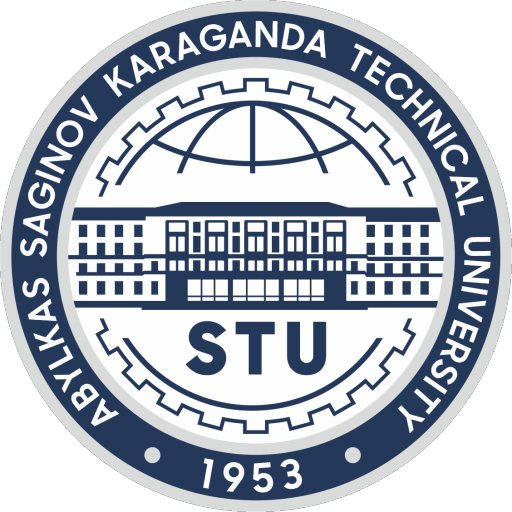They include quartz, rock crystal (transparent variety of quartz), morion (black quartz), cairngorm (smoky, transparent), amethyst (purple), chalcedony (hidden crystal variety), banded agate (chalcedony), flint (dirty chalcedony), opal (water oxide flint), corundum, Rubin (red variety of corundum), sapphire (blue variety of corundum), hematite, magnetite, limonite.
These combinations of elements with oxygen. Minerals of this class are widely distributed in the earth’s crust and constitute about 17% of its mass. Some minerals are rock-forming, oxides of iron – ore.
QUARZ – Collection of stones in our museum began exactly from this stone. It was delivered for us from Karkaralinsk district by our students, who passed their production practice there.
The colour is different, more typically colourless, smoky, milky-white. No features. Shine is vitreous on edges, bituminous on break. It is transparent or half-transparent. The break is uneven, shell-like, no cleft. Hardness is 7, unitfair weight is average. It occurs in the form of granular aggregates, grains of irregular shape, rarely in the form of crystal and druse. The verge of crystals often have thin cross-hatching.
It varies with specific form of the crystal, high hardness and lack of cleft.
Origin – is magmatic, hydrothermal. It is made when dehydrated and decrystallization of silica gels in exogenous processes.
